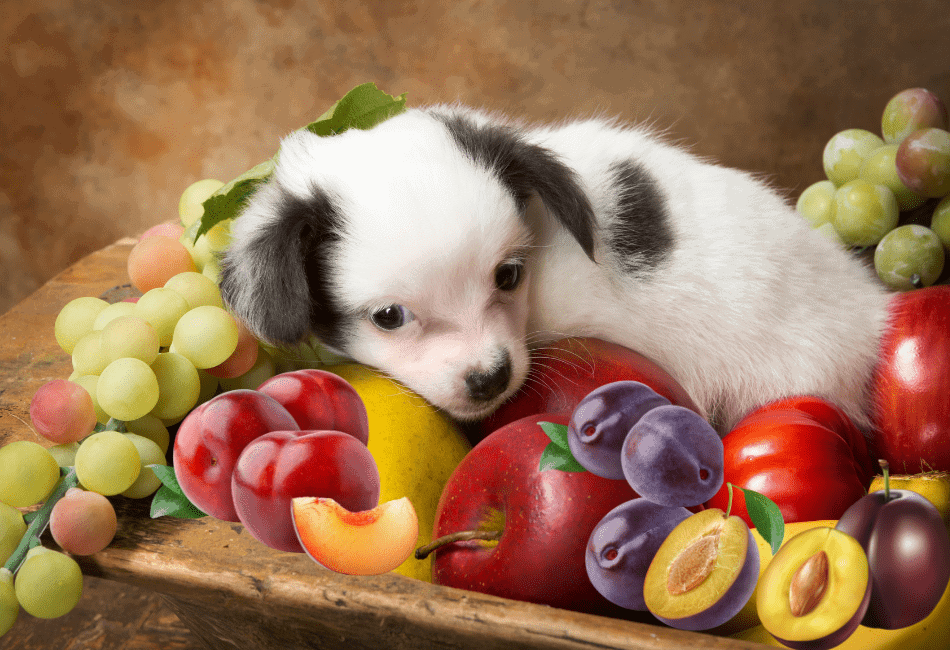Our friend asked us the other day if dogs can eat plums? His pooch found some laying under his tree in the backyard and decided to try some out. He was not sure how much his dog had consumed and was worried about the possible consequences. This led us to a great question-and-answer conversation that Read More
